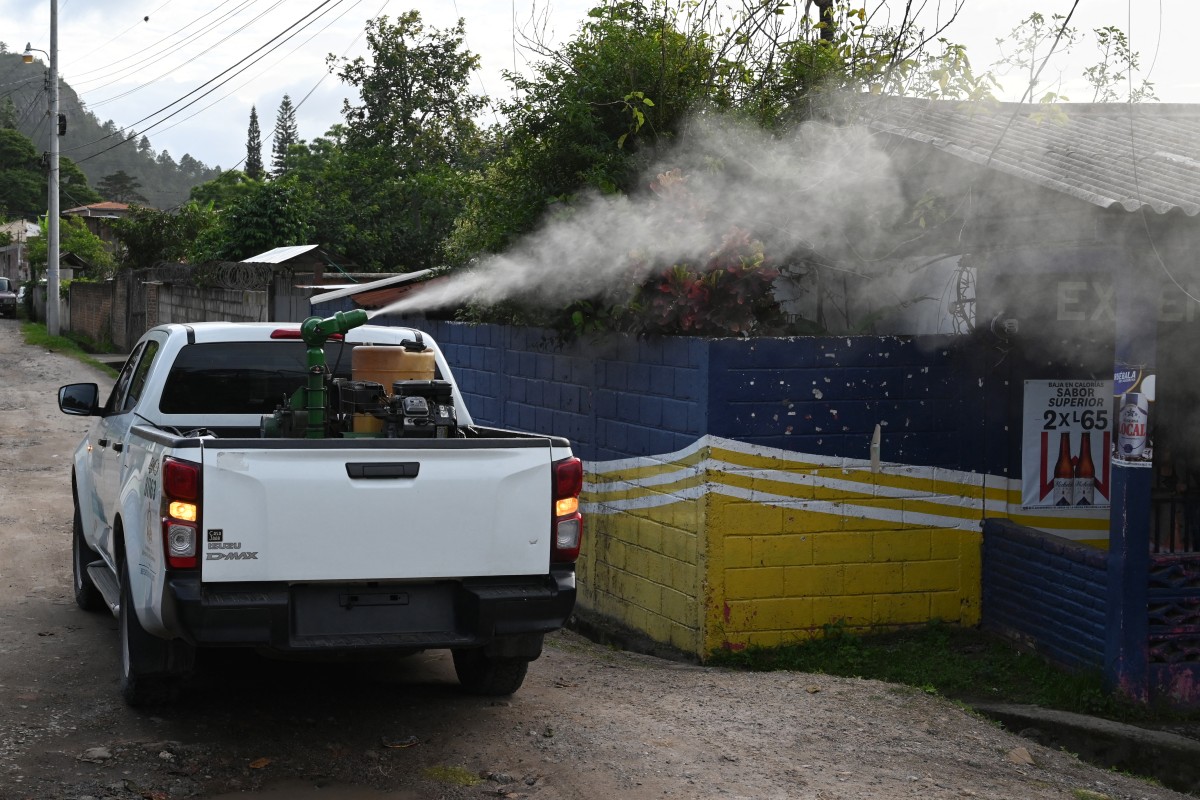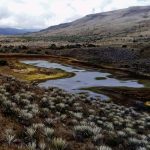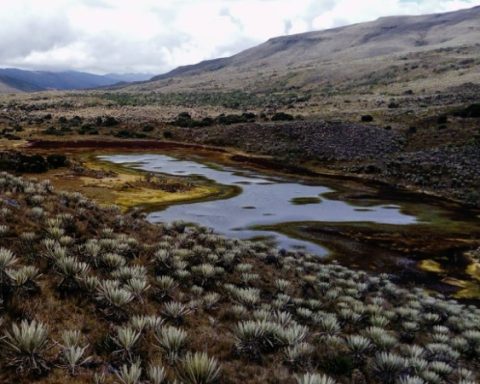The Pan American Health Organization on its official website provided data provided by the Ministry of Health of Nicaragua in which 55,542 confirmed cases of dengue and one death from the disease have been recorded in the country so far in 2024. This information has not been officially published by the Minsa in the country.
Despite the serious increase in dengue cases in Latin America, the data provided by the Nicaraguan health institution to PAHO are very few. According to information provided to PAHO, 17,339 suspected cases were reported in week five, with Managua being the department with the most cases (3,592), followed by León (1,616), Bilwi (1,579), Rivas (1,386) and Granada with 1,282 cases.
According to the Minsa, 16 serious cases of dengue and 55,526 suspected cases were registered in Nicaragua, as well as one death. In addition, according to the government, the peak of cases of the epidemic until this half of the year was registered in the months of January and February, exceeding 3 thousand cases, then a decrease in cases was registered in March, April, May and June and they rose again in July and so far in August.
The Ortega-Murillo government last presented a report in April in which 46,525 suspected cases of dengue were recorded, and they assured that the epidemic was registering a decrease in cases. The Ministry of Health provides data from the last week of March and states that only 21 cases were registered, which represents a 56% decrease compared to the previous week.
Related news: MINSA: 14 people died from dengue in Nicaragua
The Minsa reports for January and February were removed from the epidemiological bulletin on the official website and replaced with new reports in which data on the dengue epidemic no longer appear.
We are all guilty, says Sandinista government
In a note published on the website of the Nicaraguan Ministry of Health and entitled “Dengue, Everyone’s Fault,” doctor and Sandinista ally Jorge Jenkins Molieri states that “when we criticize health institutions for the increase in this disease, which can be fatal (especially in the hemorrhagic variety), we are actually shirking our responsibility: we are all guilty of the increase in mosquitoes and, therefore, of the number of cases of dengue fever.”
Nicaragua ranks third in Central America with the most cases of dengue; however, so far the government through the Minsa has not issued any epidemiological alerts, fumigation campaigns in neighborhoods have been scarce and, added to the recent rains, could lead, according to experts, to a new peak of cases for the months of August and September.

In Central America
In the Central American region, the most affected country is Guatemala, with half of the total deaths in Central America, health officials reported on Friday.
In Guatemala, 61 people have died from dengue and more than 58,341 people have contracted the disease, almost six times more than in the same period last year, according to a report from the Ministry of Health.
In Honduras, there are 38 deaths and some 91,690 cases, while Panama has recorded 20 deaths and more than 12,183 cases, of which 40 died, according to official figures.
In El Salvador, three children died from dengue and there are about 3,700 suspected cases.

In Costa Rica, there are no reported deaths, but there are more than 15,000 confirmed cases of the disease. Nicaragua reported only 196 cases, with no deaths.
Dengue is a disease endemic to tropical areas that causes high fevers, headaches, nausea, vomiting, muscle pain and, in the most severe cases, hemorrhages that can cause death.
Due to the outbreak, some countries in the region have declared a state of emergency to combat the proliferation of the “Aedes aegypti” mosquito, which transmits the disease.
The World Health Organization (WHO) warned in April 2023 that dengue and other mosquito-borne diseases are now spreading much further and further from their usual areas due to the effects of climate change.
















